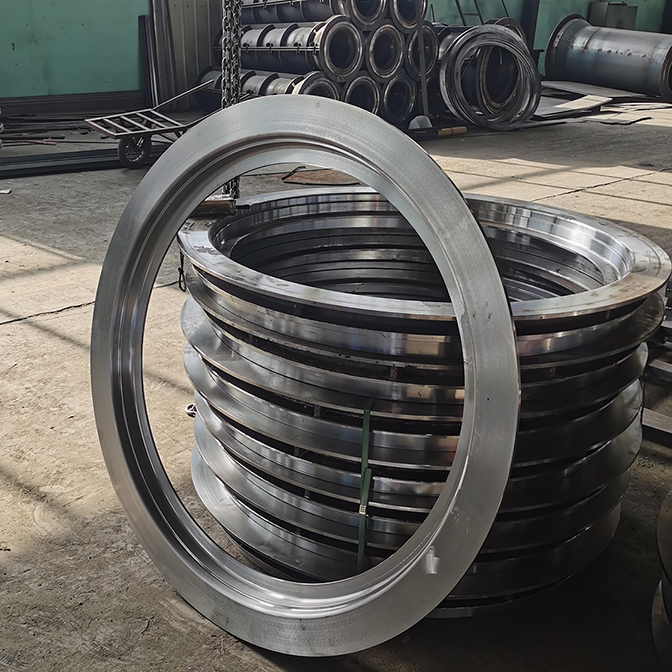дец . 23, 2024 12:13 Back to list
Exploring Techniques and Innovations in Aluminium Casting Processes and Applications
Casting in Aluminium A Comprehensive Overview
Aluminium casting is a vital manufacturing process that transforms molten aluminium into various shapes and forms. This method has gained prominence in various industries, including automotive, aerospace, consumer goods, and architecture, due to its unique properties such as lightweight, high strength-to-weight ratio, excellent corrosion resistance, and good thermal and electrical conductivity. This article explores the intricacies of aluminium casting, highlighting its processes, advantages, applications, and environmental considerations.
The Casting Processes
There are several casting methods used for aluminium, each with specific advantages and applications
1. Sand Casting This is one of the oldest casting techniques. It involves creating a mold out of sand, which is packed around a pattern to form a cavity into which molten aluminium is poured. Sand casting is cost-effective and adaptable for complex shapes, making it ideal for both small and large-scale production.
2. Die Casting This method utilizes high pressure to inject molten aluminium into a steel mold (die). Die casting is known for producing high-precision components with excellent surface finishes. It is widely used in the automotive industry for parts like engine blocks and transmission cases, offering rapid production rates.
3. Investment Casting Also known as lost-wax casting, this process involves creating a wax pattern that is coated with a ceramic material. Once the ceramic shell is created, the wax is melted away, leaving a cavity for pouring molten aluminium. This technique is suitable for intricate designs and is often used in aerospace and medical devices.
4. Permanent Mold Casting In this method, molten aluminium is poured into reusable molds made from metal. Permanent mold casting allows for better dimensional accuracy and surface finish than sand casting and is typically used for medium to high volume production of relatively simple shapes.
Advantages of Aluminium Casting
Aluminium casting offers numerous benefits, making it a preferred choice for manufacturers
- Weight Reduction Aluminium is significantly lighter than many metals, which helps reduce the overall weight of products, particularly in the automotive and aerospace sectors, where weight reduction can lead to improved fuel efficiency.
- Corrosion Resistance Aluminium naturally forms a protective oxide layer that shields it from corrosion, making it ideal for components exposed to harsh environments.
casting in aluminium

- Versatility The casting process can produce a wide range of shapes, sizes, and complexity, accommodating diverse design requirements.
- Recyclability Aluminium can be recycled multiple times without losing its properties, making it an environmentally friendly option.
Applications of Aluminium Casting
The applications for aluminium casting are extensive and diverse
- Automotive Industry Components such as engine blocks, cylinder heads, and transmission housings are frequently made using aluminium casting to reduce vehicle weight and improve fuel efficiency.
- Aerospace Sector In aviation, components like wing structures and fuselage parts leverage the lightweight nature and strength of aluminium, enhancing performance and safety.
- Consumer Goods Household items, appliances, and decorative objects often utilize aluminium casting for its aesthetic appeal and functional advantages.
- Industrial Applications Machinery parts, building materials, and various industrial tools benefit from the durability and adaptability of aluminium castings.
Environmental Considerations
As industries continue to prioritize sustainability, aluminium casting has a role to play. The energy consumption in melting and casting can be significant, yet the ability to recycle aluminium reduces the environmental footprint. Furthermore, advancements in technology are driving improvements in energy efficiency throughout the casting process.
Conclusion
Aluminium casting is an essential manufacturing technique with a wide range of applications. Its combination of lightweight properties, corrosion resistance, and adaptability makes it a material of choice for various industries. As demand for sustainable practices increases, aluminium casting offers both practical solutions and environmental benefits. The future of this process will likely see continued innovation, focusing on efficiency and sustainability to meet the evolving needs of manufacturers and consumers alike. Investing in research and development within the aluminium casting realm promises to unlock new possibilities while reinforcing the material's position as a cornerstone of modern manufacturing.
-
Durable Cast Steel Concrete Pipe Mold Bottom Rings & Base Trays
NewsAug.23,2025
-
Centrifugally Cast Iron Water Main Pipe for Reliable Mains
NewsAug.22,2025
-
Durable Centrifugally Cast Iron Water Main Pipe
NewsAug.11,2025
-
Centrifugally Cast Iron Water Main Pipes for Reliability
NewsAug.10,2025
-
High-Quality Centrifugally Cast Iron Water Main Pipes
NewsAug.09,2025
-
Durable Cast Iron Water Main Pipe & Drainage Solutions
NewsAug.08,2025


